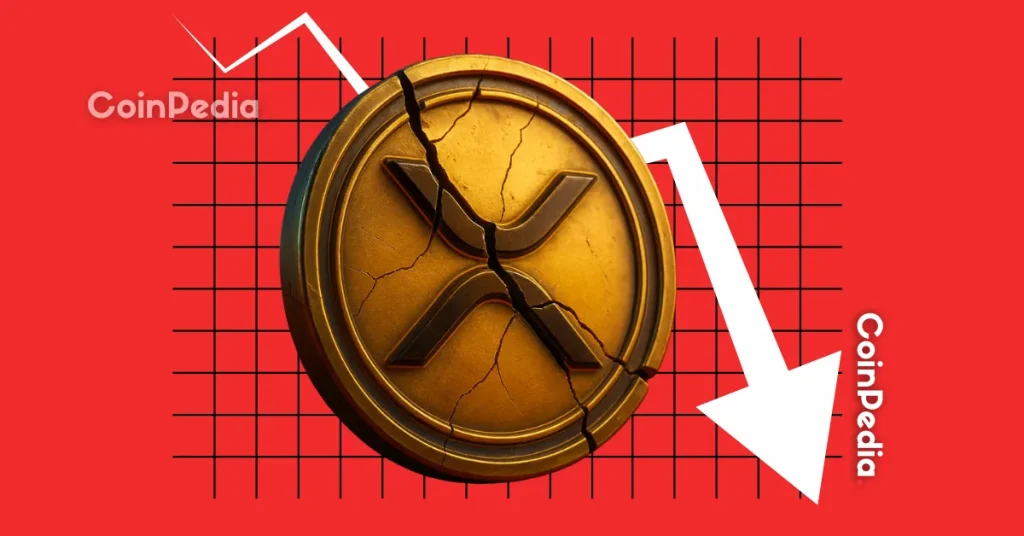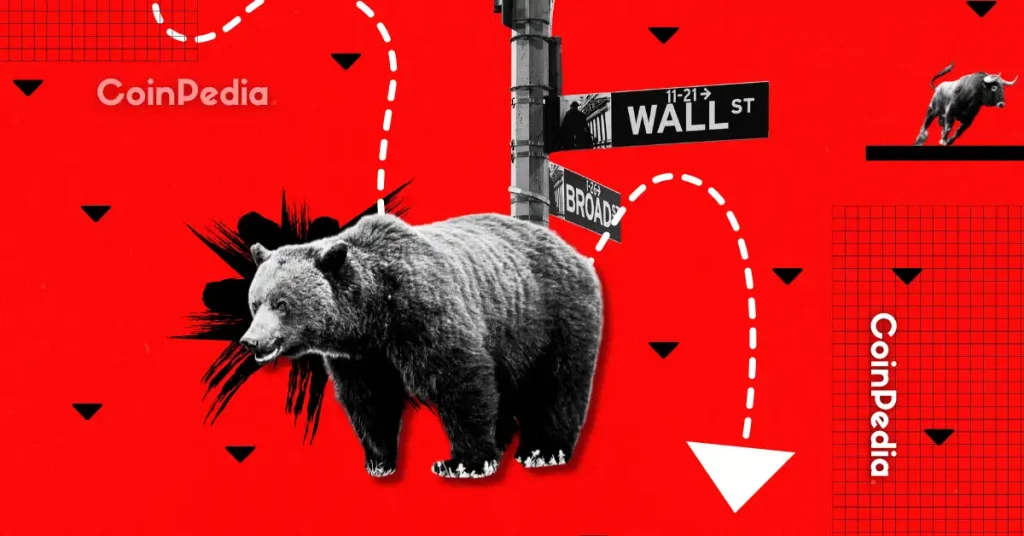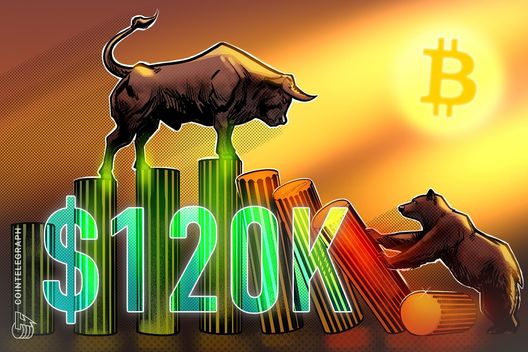Gold tore through $4,200 for the first time ever on Wednesday, rewriting market history and fueling global chatter from New York to Hong Kong, according to data from Bloomberg.
It was the first time the metal ever crossed that line, driven by rising expectations that the Federal Reserve will deliver more U.S. rate cuts this year.
As traders digested new political and economic noise, renewed U.S.-China trade tensions sent investors rushing back into the world’s oldest hedge against chaos.
Spot gold was up 1.4% at $4,200.11 per ounce, as of 0659 GMT. U.S. gold futures for December delivery gained 1.3% to $4,218.0.
Safe-haven gold has gained 59% year-to-date, driven by multiple factors, including geopolitical and economic uncertainties, expectations of U.S. rate cuts, strong central bank buying, de-dollarization trend and robust exchange-traded fund inflows.
Bloomberg analysts said large institutions have been funneling billions into exchange-traded funds tied to the metal, turning it into the safe-haven trade of 2025.
The last time the world saw this kind of momentum in gold was more than a decade ago, but this time, it’s being carried by rate cut bets and market anxiety.
“The U.S. government shutdown and dovish comments from Jerome Powell have provided the latest reasons for gold prices to accelerate higher,” said StoneX senior analyst Matt Simpson.
Precious metals climb as global traders brace for Fed cuts
Other metals followed the same rhythm. Silver rose 2% to $52.48, tracking the rally after touching a record $53.60 on Tuesday. Platinum climbed 1.3% to $1,658.65, and palladium edged up 0.9% to $1,538.75.
Over in stocks, Dow Jones Industrial Average futures traded slightly higher, up 11 points, while S&P 500 and Nasdaq 100 futures stayed nearly flat. The calm came after a wild Tuesday, when President Donald Trump rattled markets by threatening China with a cooking oil embargo over stalled soybean purchases.
The statement flipped sentiment instantly. The S&P 500, which had swung between a 1.5% loss and a 0.4% gain, closed down 0.2%. The Nasdaq Composite dropped 0.8%, while the Dow Jones managed a 0.4% rise, recovering from a sharp 1.3% morning dip.
Europe rebounds, Asia rallies, China struggles with deflation
Across Europe, stocks regained ground after a two-week slump. The Stoxx 600 was up 0.7% by 8:30 a.m. in London, lifted by luxury names in Paris and Milan. France’s CAC 40 rose 2.4%, Italy’s FTSE MIB gained 0.7%, Germany’s DAX added 0.2%, while Britain’s FTSE stayed near flat.
In France, political headlines took center stage after Prime Minister Sebastien Lecornu said his government would suspend the pension reform plan until after the 2027 election. The Socialists backed the delay and promised to support the administration in Thursday’s confidence vote.
In Asia, markets opened sharply higher. Japan’s Nikkei 225 jumped 1.76% to 47,672.67, and the Topix rose 1.58% to 3,183.64. South Korea’s Kospi surged 2.68% to 3,657.28, with the Kosdaq climbing 1.98% to 864.72.
Australia’s S&P/ASX 200 gained 1.03%, Hong Kong’s Hang Seng advanced 2.06%, and the mainland CSI 300 increased 1.48% to 4,606.29. India’s Nifty 50 added 0.74%, completing a broad rebound across the region.
The exception was China, where the consumer price index fell 0.3% in September from a year earlier, worse than forecasts of a 0.2% decline, though easing slightly from August’s 0.4% drop.
On a monthly basis, prices increased just 0.1%, missing projections for a 0.2% gain. The ongoing slide in producer prices showed that deflation pressures remain, complicating Xi Jinping’s push to restore confidence in the economy.
Get seen where it counts. Advertise in Cryptopolitan Research and reach crypto’s sharpest investors and builders.
















 English (US)
English (US)